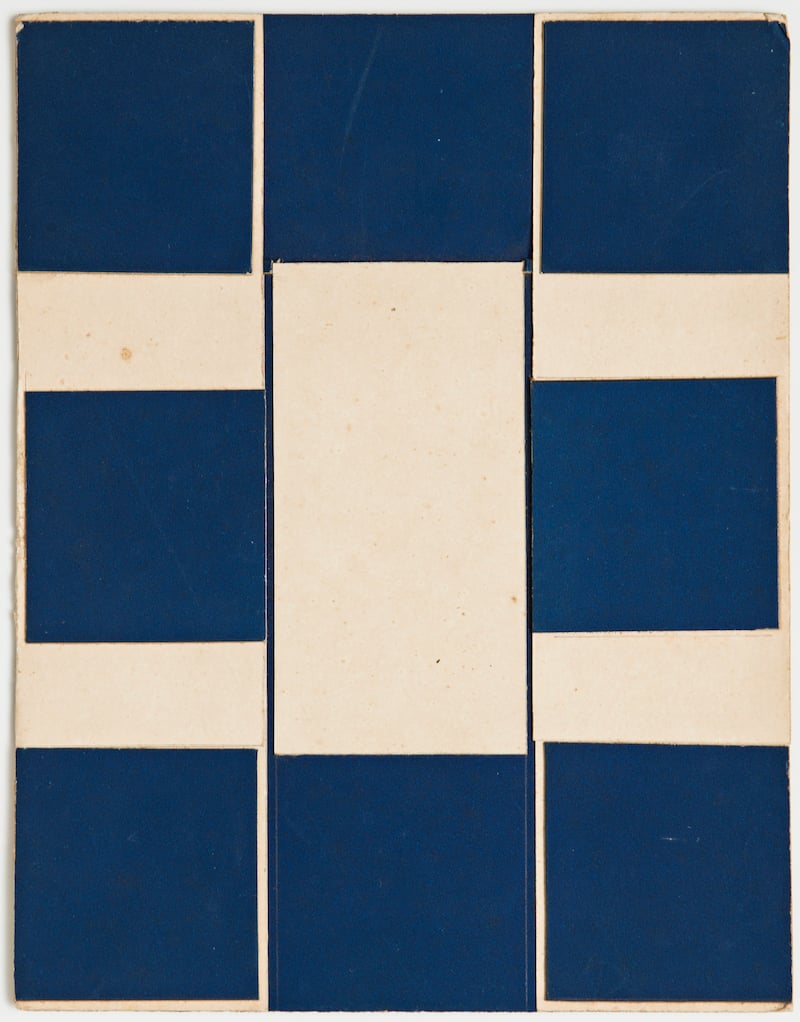Opinion
Lygia Clark’s Abstractions Have Dada Daring
THE DAILY PIC: At Luhring Augustine, Lygia Clark's mid-century abstractions have roots in much earlier radicalism.

THE DAILY PIC: At Luhring Augustine, Lygia Clark's mid-century abstractions have roots in much earlier radicalism.

Blake Gopnik

THE DAILY PIC (#1783): On first seeing Lygia Clark’s Study for Modulated Space, made in 1958 and now in her solo at Luhring Augustine in New York, I was reminded of a very early abstraction by Hans Arp, which he said he arrived at by letting blue and white squares of paper fall randomly into a pattern. I’m fond of Arp’s 1917 piece because it speaks of just how radical, how Dada, all abstraction seemed at first—but of course it can’t have much to do with Clark’s much more orderly, systematic practice of 40 years later. Or can it? Looking at a few of her famous Bicho sculptures at Luhring Augustine, I realized that, in inviting their viewers to reconfigure them, the Bichos are ceding control in ways that aren’t that far from Arp and Dada. Rio in ’60 may not be that far from Zurich in 1917, for any number of cultural, historical and even political reasons.
For a full survey of past Daily Pics visit blakegopnik.com/archive.